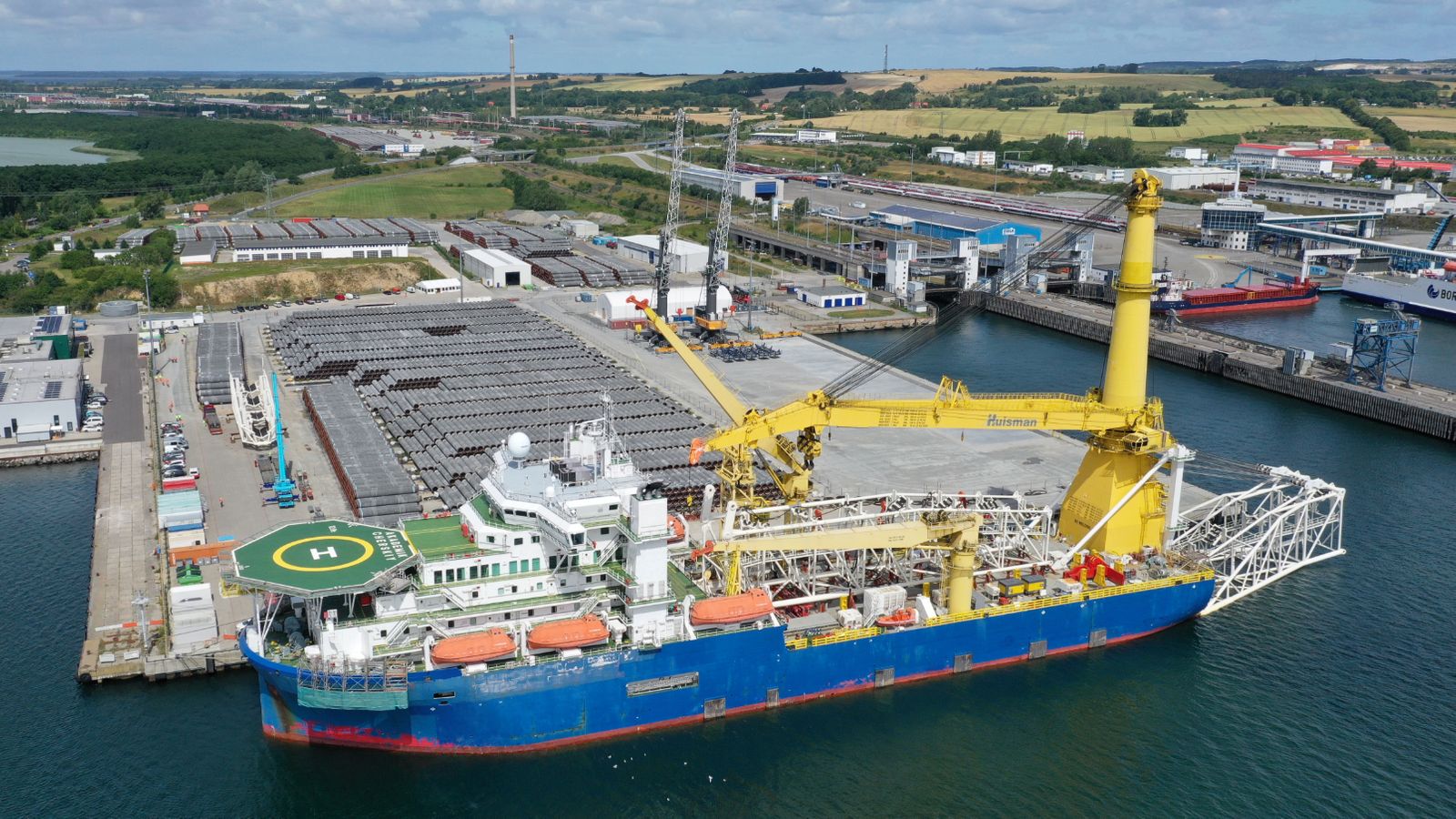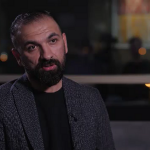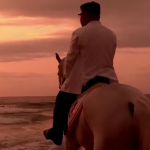The construction of the Nord Stream 2 gas pipeline has been completed, Russian energy company Gazprom has said.
The pipeline will double the country’s exporting capacity and runs through the Baltic Sea, from Ust Luga in the east, near St Petersburg, to the German town of Greifswald, near the country’s border with Poland.
In doing so, it bypasses Ukraine, which has traditionally been the main route for Russian gas.
Moscow and Kiev have been in dispute since Russia annexed Crimea in 2014.
Ukraine earns billions from gas transit fees, and agreed a deal last year with Russia after long-running talks.
Russia said it would not start using Nord Stream 2 until a German regulator gives its approval.
Carlos Torres Diaz, head of Power and Gas Markets at analysis firm Rystad Energy, said it will take time for gas to
flow via Nord Stream 2.
UK had to turn on coal power plant to help National Grid cope with low winds
Revealed: ExxonMobil, Shell and BP among oil companies paying negative tax in UK on some North Sea operations
Coronavirus to trigger ‘biggest ever fall’ in energy demand and carbon emissions, experts say
“There hasn’t really been a reaction from the market so far so I guess this just also confirms expectations that no
commercial deliveries are expected in the short term,” he said.
The Kremlin said “everyone” was interested in Nord Stream 2 getting clearance for gas supplies.
In order to gain an operating licence the pipeline must meet European rules requiring the owners of pipelines to be different from the suppliers of the gas that flows in them to ensure fair competition.
Gazprom, which is state-controlled, began building the pipeline, which is 1,200 km long, five years ago.
The $11bn (£8bn) project ran into problems in 2019 when a major contractor stopped work after the US imposed sanctions on firms involved.
Then-US president Donald Trump feared that Nord Stream 2 would give Russia too much power over European gas supplies, potentially shutting off gas to Ukraine and Poland, who are both bypassed by the route.
More than a third of Europe’s gas needs already come from Gazprom.
Along with an initial pipeline that opened in 2012 called Nord Stream 1, the project’s completion will increase Russia’s annual export capacity to 110 billion cubic metres, about half of what Russia sells to Europe each year.
Construction restarted about a year after the sanctions, with Russia using its own vessels.
Germany, who has long supported the project, agreed a deal with the US in July to allow for the pipeline’s completion without further sanctions.
Both countries committed to impose costs on Russia to prevent it from using the pipeline as a political weapon.
They also agreed to support Ukraine and Poland by funding alternative energy and development projects.
Apart from Nord Stream there are two other lines taking gas from Russia to Europe – the Brotherhood pipeline which goes through Ukraine, and the Yamal-Europe pipeline which passes through Belarus and Poland.






















